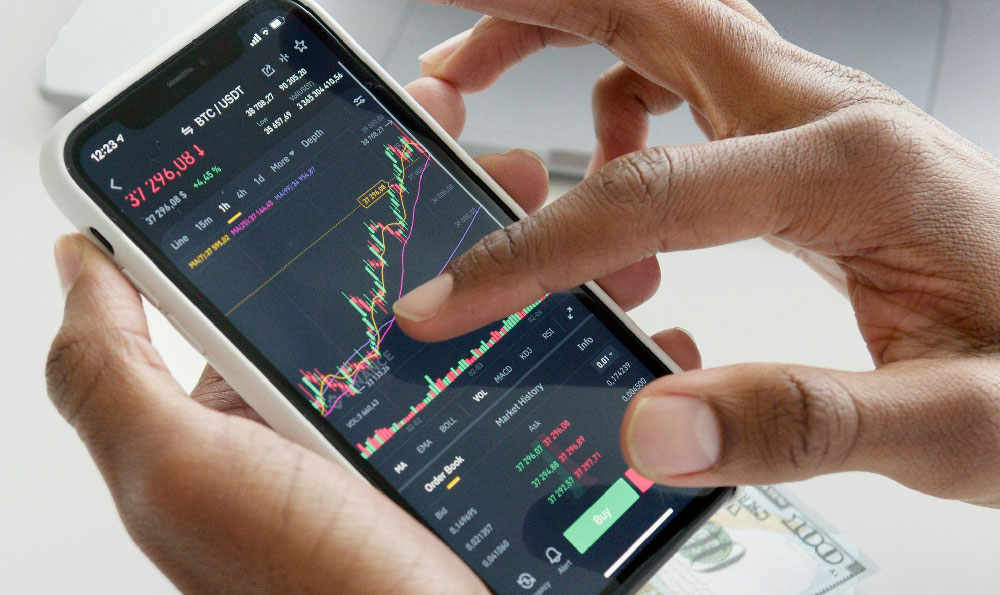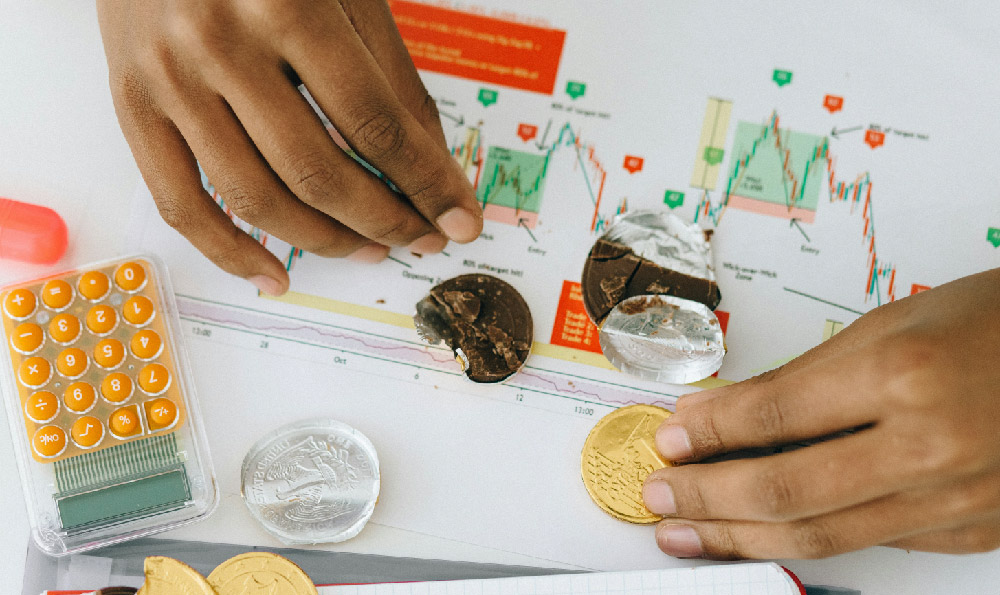Fast crypto trading can be a high-risk, high-reward endeavor that requires precision and strategic insight. While the allure of overnight gains is potent, the volatility of digital assets demands a nuanced approach. Successful day trading in the cryptocurrency space often hinges on a blend of technical analysis, market psychology, and disciplined risk management. To navigate this complex terrain, it's essential to understand not only the mechanics of rapid profit-making but also the pitfalls that lurk beneath the surface. The key lies in exploiting short-term price movements while safeguarding against the unpredictable nature of the market.
One of the primary strategies for capturing quick profits involves identifying liquidity-driven trading opportunities. High-volume cryptocurrencies like Bitcoin (BTC) or Ethereum (ETH) tend to exhibit narrower bid-ask spreads and more pronounced short-term price swings due to their massive market capitalization. Traders often look for catalysts such as network upgrades, exchange listings, or macroeconomic events like interest rate decisions. For example, the announcement of a new exchange that lists a smaller altcoin can trigger a surge in demand, creating a short-lived window for profit. However, timing these events precisely requires monitoring multiple sources, including social media trends, developer updates, and market sentiment indicators. The correlation between news flow and price action is often fleeting, which means traders must act swiftly once a catalyst is confirmed.
Technical analysis plays a pivotal role in capitalizing on daily market movements. Key levels such as support and resistance, along with momentum indicators like the Relative Strength Index (RSI) and Moving Average Convergence Divergence (MACD), can help decode potential turning points. A common tactic is to focus on assets with strong volume profiles during intraday trading sessions, as increased activity signals heightened interest. For instance, a bullish breakout above a psychological resistance level (e.g., $50,000 for Bitcoin) often follows a period of consolidation, with traders entering positions before the breakout confirms. Conversely, a sharp decline below a critical support level may indicate a shift in market sentiment, prompting short-selling opportunities. However, relying solely on technical signals can be misleading, as price action is influenced by a multitude of factors, including algorithmic trading, whale activity, and geopolitical developments.

Profitability in crypto day trading also depends on leveraging market inefficiencies. Arbitrage opportunities between exchanges, where the same asset trades at different prices, can be exploited for quick gains. For example, a sudden price discrepancy between Binance and Coinbase due to network congestion or regional regulatory shifts can create a window for capitalizing on the difference. Additionally, cross-chain arbitrage—buying on one blockchain and selling on another—can generate secondary layers of profit. These methods require real-time data access and minimal transaction costs, which are critical for maximizing returns. However, the execution speed is paramount, as price gaps often close rapidly, eroding any potential profit. Traders must also be wary of slippage and counterparty risks, especially in less liquid markets.
Risk mitigation is equally vital in any strategy aimed at rapid profit-making. Establishing clear stop-loss levels ensures that losses are contained within predefined parameters. For example, setting a stop-loss 5% below the entry price can protect against sudden downturns, while taking profits at 10% or 15% signals a balanced approach to locking in gains. Position sizing is another critical factor; overexposure to a single trade can lead to catastrophic losses. A prudent method involves allocating only a fraction of the portfolio (typically 1-3%) to each trade, ensuring that no single event can derail the overall strategy. Additionally, diversifying across multiple asset classes, such as altcoins and stablecoins, can reduce exposure to any single coin's volatility.
The psychological dimension of day trading in crypto markets cannot be overlooked. Emotional discipline is crucial, as the temptation to chase rapid gains often leads to impulsive decisions. For instance, a trader might hold a position overnight due to optimism, only to face a sharp correction the next day. To avoid this, developing a strict trading plan with pre-set guidelines for entries, exits, and risk thresholds is essential. Moreover, maintaining a log of trades to analyze performance and refine strategies over time fosters a data-driven mindset. It's also important to recognize that consistent profitability requires patience; not every day presents a promising opportunity, and it's vital to avoid overtrading in pursuit of quick results.
The path to significant gains in the crypto market is not confined to technical charts or news cycles. It also involves understanding the broader economic context. For example, during periods of inflation, investors often seek assets with intrinsic value, such as Bitcoin, which is perceived as a hedge against fiat devaluation. Conversely, moments of regulatory uncertainty can spur panic selling, creating entry points for contrarian traders. Monitoring macroeconomic indicators, like the Federal Reserve's decisions or China's regulatory policies, enables traders to anticipate market shifts. However, the relationship between macroeconomic trends and crypto prices is often indirect, requiring a layered approach to analysis.
Ultimately, the pursuit of rapid profit in crypto markets is a multifaceted challenge that demands a combination of technical acumen, market awareness, and emotional resilience. While strategies like breakout trading, arbitrage, and contrarian investing can yield short-term gains, their effectiveness is contingent on rigorous risk management and adaptability. Practitioners should also remain vigilant against common traps such as pump-and-dump schemes, where hype-driven price surges are followed by steep declines. These schemes often exploit uninformed traders, making it imperative to verify information and avoid speculative bets.
In conclusion, quick profit-making in the crypto market requires a strategic, informed, and disciplined approach. By leveraging liquidity, technical analysis, and macroeconomic insights, traders can identify short-term opportunities. However, the inherent risks necessitate a robust risk management framework, ensuring that profits are sustainable. The hallmark of a successful day trader is the ability to balance ambition with caution, recognizing that the path to wealth in this volatile arena is as much about preservation as it is about growth.












